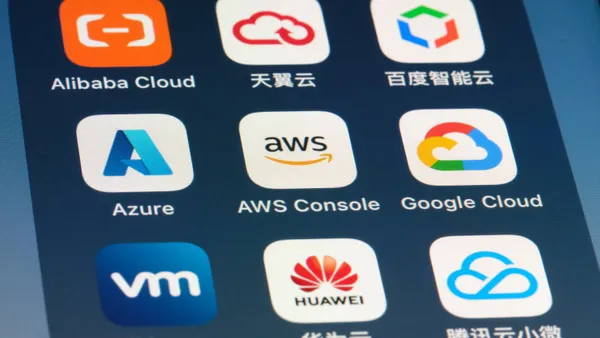ERP providers tout generative AI as the go-to technology for cloud migration assistance, analytics and more. But enterprise customers have yet to adopt the added features.
Top tier vendors, Microsoft and SAP among them, have spent much of the past year adding generative AI capabilities to the crown jewels of enterprise software. Many of their customers are hanging on to older versions of ERP systems that can’t support the technology.
Experts attribute the delay in adoption to the technology's lack of maturity. But the biggest hurdle ahead are pending ERP upgrades, as customers hang on to older versions of the software that can't support generative AI use cases.
It’s a “chicken and egg kind of dilemma,” said Denis Torii, VP analyst at Gartner. “'Let’s start using this or do I wait for others?' Nobody really wants to be the very early adopter in this particular space for the reason that we’re dealing with mission critical capabilities.”
Despite the hype from vendors and model builders alike, adoption awaits modernization.
Generative AI had minimal impact on ERP market growth in 2023, according to a Gartner research note. However, the firm found that new and enhanced classic AI capabilities helped providers showcase the additional value customers could gain from purchasing and using more cloud services.
The technology's emergence last year spurred application modernization discussions — it's biggest impact, according to Gartner. ERP business leaders felt pressure to understand the new technology
ERP systems are “by default incredibly difficult to deploy within organizations,” said Vaclav Vincalek, virtual CTO and founder of 555vCTO. The process can take months or years, and generative AI apps, like ChatGPT, only broke big in late 2022.
Introducing new features into enterprise software “takes a half a year of planning and then testing and moving into production, and finding the initial customers to try to do something with it,” he said.
It’s unlikely that generative AI is completely worked through a company’s ERP system yet, Vincalek said.
“Nobody wants to touch an ERP system unless they are forced with a gun to their head,” Vincalek said. And the maturity level, in most cases, is not there yet to learn and do complicated tasks that AI in ERP would require to be successful.
The slow roll of AI in ERP
Despite the slow start, CIOs are looking at the potential of AI and reviewing vendor pitches as they fine tune or prepare to upgrade their ERPs.
However, few companies are going to risk making such an expensive investment in unproven technology, said Torii.
There are also concerns about whether or not these capabilities deliver value, he added. Plus, a lot of companies are not on the latest and greatest version of vendor software, so they don’t have the applications that AI is being thrown into. “They might not have initial access to all these features and functions people are pitching about.”
Adoption of AI features in ERP systems is happening, said Mitchell Johnson, chief product officer at Sonatype. He likens it to the open source software revolution 15 years ago, when the technology was not well understood, and companies were concerned about security, licensing and IP. Now, the vast majority of software is open source, he said.
“Many organizations are just starting their journey, with AI and ML exploding on the scene faster than open source,” he said.
That doesn’t mean the technology's not being used. It's not unusual for developers to deploy AI and ML without permission to do so, despite security and compliance risks, Johnson said.
Torii said he’s also seen some adoption happening with basic functions, like automatic invoice receipt generation. Companies often field vendor pitches from 50 different use cases, but the company only actually uses 10 on a limited basis.
That will most likely change as AI becomes more mature. “We are seeing some adoption but it’s still very very early stages.”














